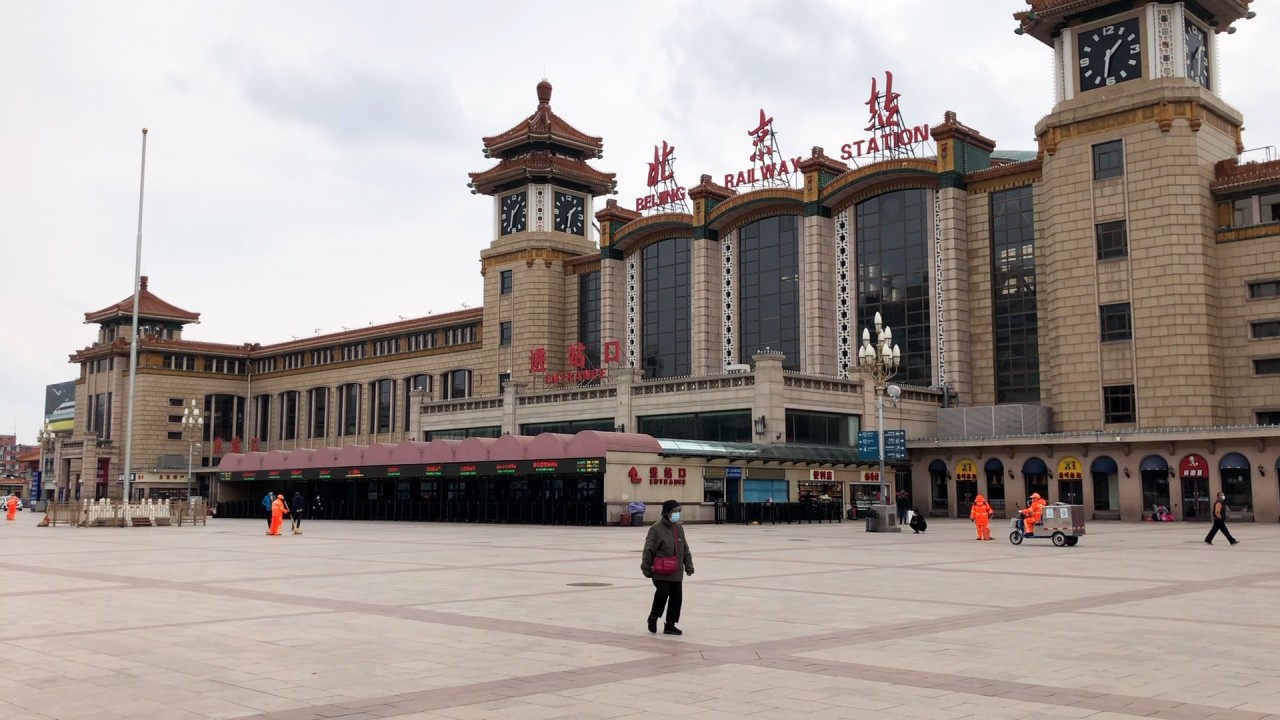
China can’t escape economic pain of its zero-Covid policy as case numbers rise and cities brace for lockdown
- As China faces its biggest Covid-19 outbreak yet, the economic impact of the government’s strict approach will make it difficult to meet annual growth targets
- There are signs the policy is being recalibrated to prepare for living with the virus, but the moderation will do little to ease growth pains in the near term
While these numbers still look tame relative to those of developed countries which have long given up fighting the virus, they are shockingly large for China with its “zero-Covid” approach, supposed to insulate the country from the pandemic.
Some policy mistakes – such as late and ineffective responses – and a lack of adequate appreciation for the higher transmissibility of the new variant are likely to blame for the current predicament.
China’s experience over the past two years shows that the zero-Covid strategy is the most effective when it is implemented swiftly at the start of an outbreak. Stamping out the infections before the virus has a chance to spread is key to keeping the overall cost of the strategy low even if it involves implementing some draconian measures for a short period.
The challenge now is that not only has the virus become more nimble and transmissible, China has also probably missed the optimal time to confine infections. With more than 20 provinces and regions reporting local cases, putting the genie back in the bottle will take greater efforts and incur heftier costs.
At the time of writing, there are 60 areas in China labelled as high risks and 351 as medium risk. Together, they account for about a quarter of the economy and population. Even halting activity for a brief period could mean severe disruptions to the economy and society.
Putting a precise number to the growth shock is no easy task. There are simply too many unknowns – pertaining to the length and breadth of the outbreak, the type of containment measures employed (not all affected regions will engage in full lockdowns), and how production can be shifted across supply chains to avoid output losses.
To turn around the economy, there are two possible paths. The first is that the zero-Covid approach proves victorious again at fighting the outbreak, leading to a quick resumption of economic activity. Shenzhen’s experience shows that Omicron is not uncontainable, but replicating this success in other regions with less resources and inferior health infrastructure could be a challenge.
The second is that Beijing drastically scales back containment measures, so that the economy can reopen even as the pandemic rages on. The chance of that happening is low, however, given the risk to social stability among a public where fears of the virus are still elevated.
With less medical resources (on a per capita basis) than developed countries and low vaccination rates among the elderly, Beijing is likely to err on the side of caution by still relying on administrative controls even at rising economic costs.
Shanghai lockdown life: the daily food scramble and stray cat envy
That is not to say that there is no middle ground. The recent policy changes announced by China’s National Health Commission – such as permitting asymptomatic patients to be group-quarantined (as opposed to hospitalised), approving antigen testing kits for early virus detection, introducing antiviral drugs, and allowing cities to implement tailor-made policies – are all signs that pandemic strategies are being recalibrated without removing the zero-tolerance principle.
One could also see these moves as a sign of Beijing laying the groundwork for an eventual shift towards “living with the virus”. But for the economy, this is the darkest moment before the dawn as the middle-ground approach does little to ease growth pains in the near term.
Aidan Yao is senior emerging Asia economist at AXA Investment Managers


